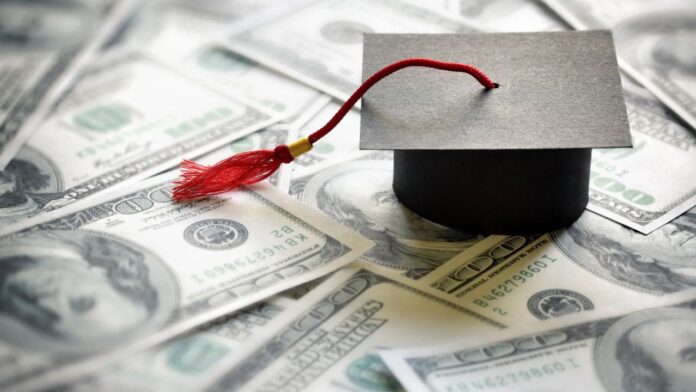Student Loan Wage Garnishment Limits: Student loan payments stopped in March 2020 when the pandemic began. The government has started to collect payments again. About 43 million people in the U.S owe money on student loans.
Together they owe more than $1.7 trillion. Many borrowers have struggled to pay back, and around 5 million have not paid for over a year. Another 4 million are close to not paying. This has created a big problem that worries many people.
What Happens if You Don’t Pay?
If borrowers do not pay their loans, the government can take money directly from their paychecks. This is called wage garnishment. Last month, the Education Department warned millions that this could happen soon. They will send out notices this summer telling people that money might be taken from their wages. The law says lenders must give a 60-day warning before they take money. But borrowers do not have many legal ways to stop it.
The government can take up to 15% of a person’s take-home pay. But they must leave enough money so the person keeps at least $217.50 a week. This amount is based on the federal minimum wage, no matter if a state’s minimum wage is higher. Besides wages, the government can also take money from tax refunds, Social Security, and disability benefits if loans are in default.
How Can Borrowers Protect Themselves?
People who owe money on student loans still have some ways to avoid these harsh actions. One way is loan rehabilitation. This means the borrower must make nine full payments on time within 10 months to fix their loan status. Another way is to join an income-driven repayment plan. This plan adjusts monthly payments based on how much money the borrower makes and how many people are in their family.
Some colleges, like Ivy Tech Community College, help students avoid loan trouble. They offer financial aid help so students can find other ways to pay for school instead of taking loans first.
Borrowers should check their loan status often at StudentAid.gov. This website helps people see their loan details and find the best way to pay back. The key is to act fast before things get worse.
Student Loans in Chapter 13 Bankruptcy: What You Need to Know
What to Expect Next
The government started collecting unpaid loans again on May 5, after stopping for more than two years. Borrowers who are behind will get letters soon. These letters warn that money might be taken from their wages if they do not pay. Borrowers will have 60 days after the warning to fix their loans.




